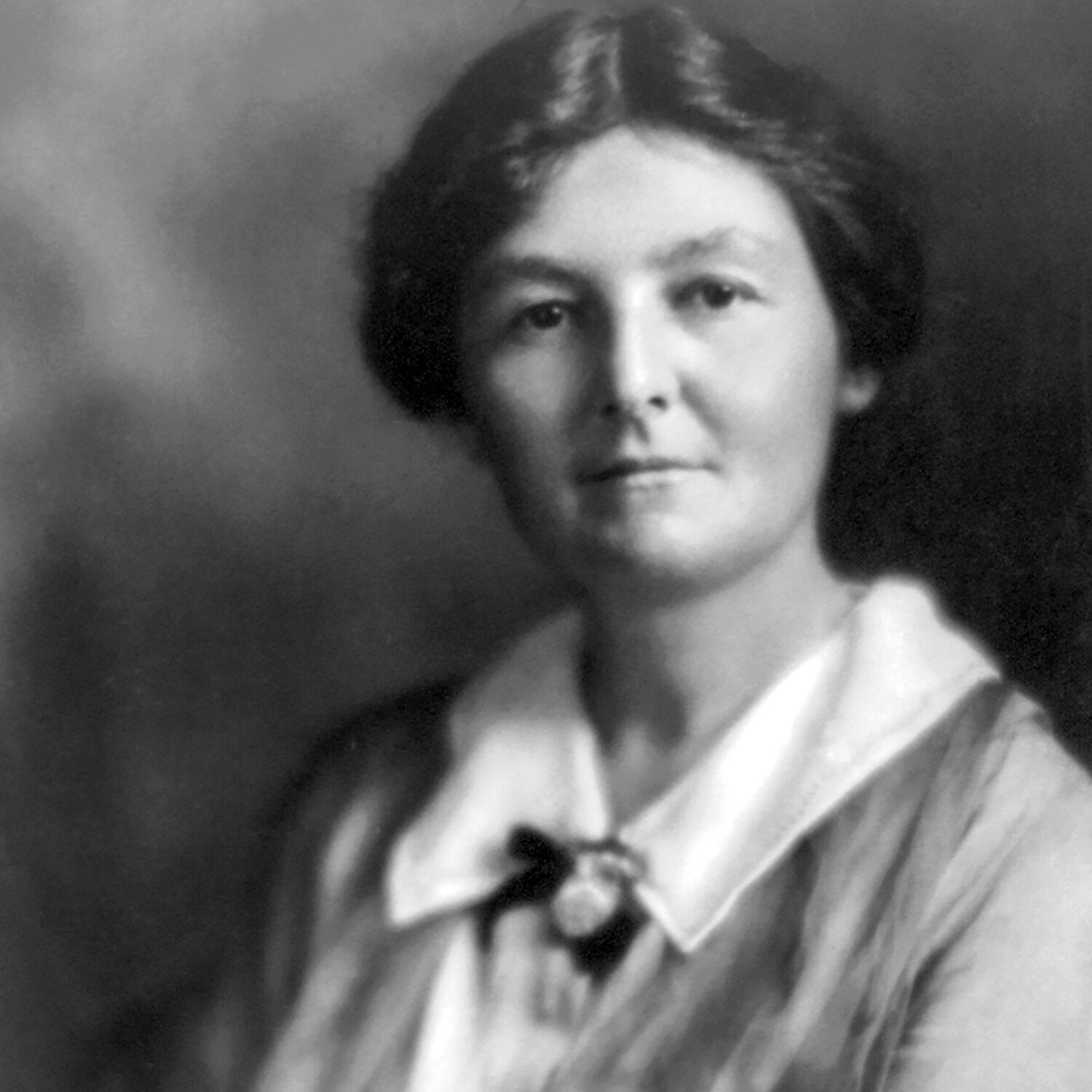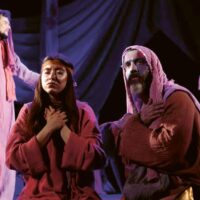Margarethe Lenore Selenka (1860–1922) played a major role in the peace movement and was the older sister of Felix Heinemann, who was one-time publisher of the Magazin für Literatur, later worked as a diplomat, and maintained close contact with Rudolf Steiner in his final years.1
She first married the writer Ferdinand Neubürger (1836–1895) but divorced him in 1891. In 1893, she married Emil Selenka (1842-1902), a zoologist, explorer, and professor at the University of Erlangen.2 Inspired by her husband, she also studied zoology, anthropology, and paleontology, becoming his assistant and companion on his research trips to China, Japan, Ceylon, and Indonesia. When, due to illness, her husband had to return to Germany, she stayed on alone in Borneo for a while to complete her research on monkeys. She wrote the study Sonnige Welten: Ostasiatische Reiseskizzen [Sunny worlds: East Asian travel sketches] (Wiesbaden: C. W. Kreidel, 1896). In 1896, she enrolled at the university in Munich, where the couple lived at the time, to study Sanskrit. Inspired by the discovery of the Java Man by the Dutch anthropologist Eugène Dubois (1858–1940), the couple wanted to travel to Indonesia again to look for more fossils. However, Emil Selenka died suddenly in 1902, and Margarethe Selenka was only able to undertake the planned trip in 1907/08, accompanied by two technical sergeants at the instigation of the Dutch government. Although she did not find any more human fossils, she made such interesting discoveries that she wrote a research report about them together with the paleontologist Max Blanckenhorn (1861–1947).3
The Cultural Idea of Peace
In addition to her academic work, Margarethe Lenore Selenka was also a member of the Union of Progressive Women’s Associations [Verbandes Fortschrittlicher Frauenvereine], where she was active in the movements for peace and women’s rights. At various times, she was friends with the women’s rights activists Anita Augspurg, Lida Gustava Heymann, and Helene Stöcker, and corresponded with Bertha Suttner, as well as with scientists such as Ernst Haeckel and Svante Arrhenius. Her proposal led the women at the London Women’s Congress in June 1899 to decide to demonstrate annually for “the great cultural ideas of peace and international law.”4 Margarethe Selenka wrote a “Memorandum, Addressed to the Peace Conference” [Memorandum, gerichtet an die Friedens-Konferenz] held in The Hague.5 As a result, a total of 565 peace rallies were held in 19 countries. In 1904, she took part in the international peace conference in Boston as a representative of the Union of Progressive Women’s Associations, and in 1915, she also took part in the peace conference in The Hague. Thereupon, she was placed under house arrest in Germany for the rest of the world war.
In Connection with Theosophy
It is less well known that Margarethe Lenore Selenka also joined the Theosophical Society on January 22, 1912, during a stay in Berlin. She wrote to Rudolf Steiner on August 4, 1912: “It is possible that I will be able to be in Munich around the time of your visit in August. I cannot say anything definite about this yet. I have just now . . . sent in my application for admission to the Theosophical Society (Berlin office) and was indeed assured most kindly by you in advance of my acceptance. However, I still do not have the official confirmation of my admission in my hands and do not want this to stand in my way in Munich. I am choosing the direct route through you, as the official personages in Berlin may not know enough about it.” Apparently, Margarethe Selenka had met Rudolf Steiner and had been accepted by him directly as a member. It is not known whether she then took part in the festival plays in Munich. She also wrote in the aforementioned letter that she would be happy to provide accommodation for “eminent personages who come to Munich for the Theosophical Conference,” most especially for Indians.
It is not certain whether she remained in the Anthroposophical Society when it split off from the Theosophical Society; it may well be that she remained in the Theosophical Society, with its inclination towards East Asia. She died in 1922. Her estate was settled by her brother, Privy Councilor Felix Heinemann. Parts of it are found today in the Basel University Library.
Translation Joshua Kelberman
Image Margarethe Lenore Selenka
Footnotes
- See Martina Maria Sam, “‘The Most Unforgettable Thing Was His Eyes . . . .’ Felix Heinemann and Rudolf Steiner,” the Goetheanum Weekly, Issue 16, 2024.
- Rudolf Steiner often points to the research of Emil Selenka; for example, in the lecture of January 18, 1912, GA 61, where he says, “When the natural scientist Emil Selenka found that the ape nature in its embryonic state is much closer to the human form than the later ape form, from which one can assume that the human being is shaped much earlier than the ape form, this is not a confirmation of the descent of human being’s from apes, but only that human beings first acquire their gestalt when they enter into the world.” Rudolf Steiner, Menschengeschichte im Lichte der Geistesforschung [Human History in the Light of Spiritual Research], GA 61 (Dornach: Rudolf Steiner Verlag, 1983), lectures in Berlin from Oct. 19, 1911–Mar. 28, 1912. See also the lectures of January 12 and 13, 1921, in Rudolf Steiner, Interdisciplinary Astronomy: Third Scientific Course, CW 323 (Hudson, NY: SteinerBooks, 2020), lectures in Stuttgart from Jan. 1–18, 1921.
- M. L. Selenka and M. L. P. Blanckenhorn, Die Pithecanthropus-Schichten auf Java: Geologische und paläontologische Ergebnisse der Trinil-Expedition (1907 und 1908), ausgeführt mit Unterstützung der Akademischen Jubiläumsstiftung der Stadt Berlin und der Königlich bayerischen Akademie der Wissenschaften [The Pithecanthropus Strata on Java: Geological and paleontological Results of the Trinil Expedition (1907 and 1908), undertaken with the support of the Academic Jubilee Foundation of the City of Berlin and the Royal Bavarian Academy of Sciences] (Leipzig: Engelmann, 1911).
- In the newspaper, Neues Frauenleben [New Life for Women], May 1902, p. 22.
- Margarethe Lenore Selenka, “Memorandum, gerichtet an die Friedens-Konferenz” [Memorandum, Addressed to the Peace Conference] in Die internationale Kundgebung der Frauen zur Friedens-Konferenz vom 15. Mai 1899 [The International Women’s Rally for the Peace Conference of May 15, 1899] (Munich, 1900): 12.





